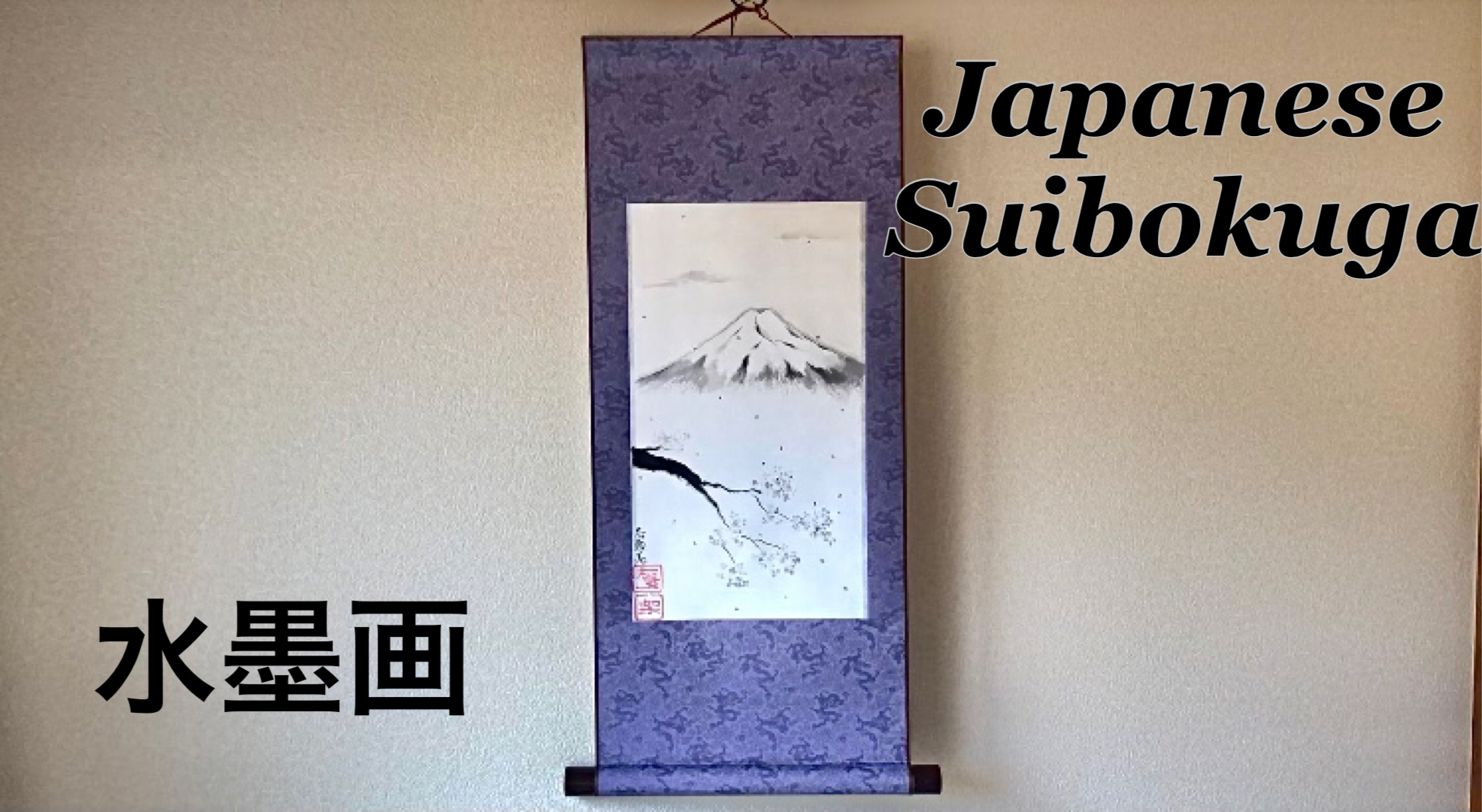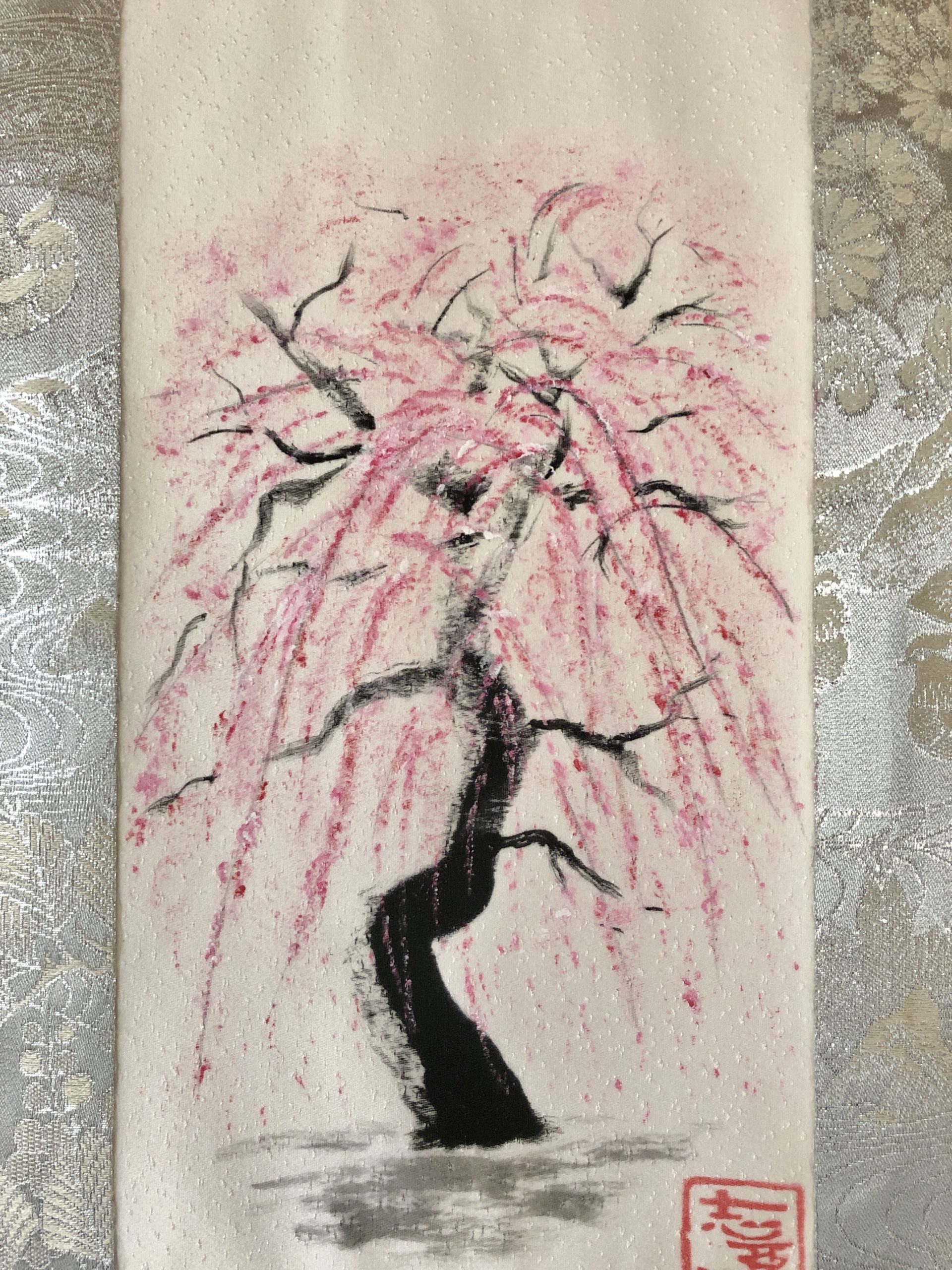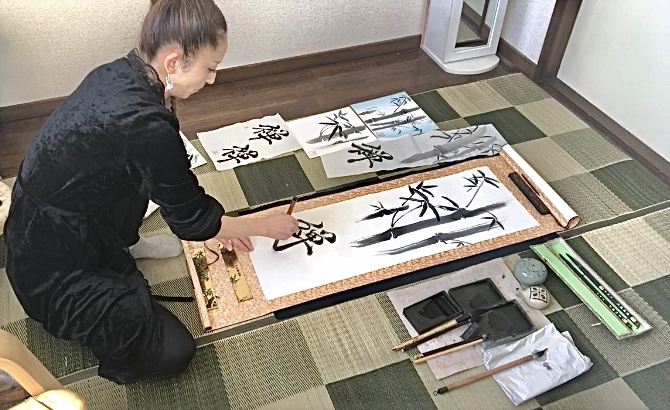Guardian god Tiger on Kakejiku art
Tiger on Kakejiku art Tigers are one of the very popular subjects on Japanese Kakejiku art. Kakejiku is Japanese traditional hanging scroll. It is hung on the wall in Japanese style room, especially on alcove “Tokonoma”, since ancient time. Tiger …


